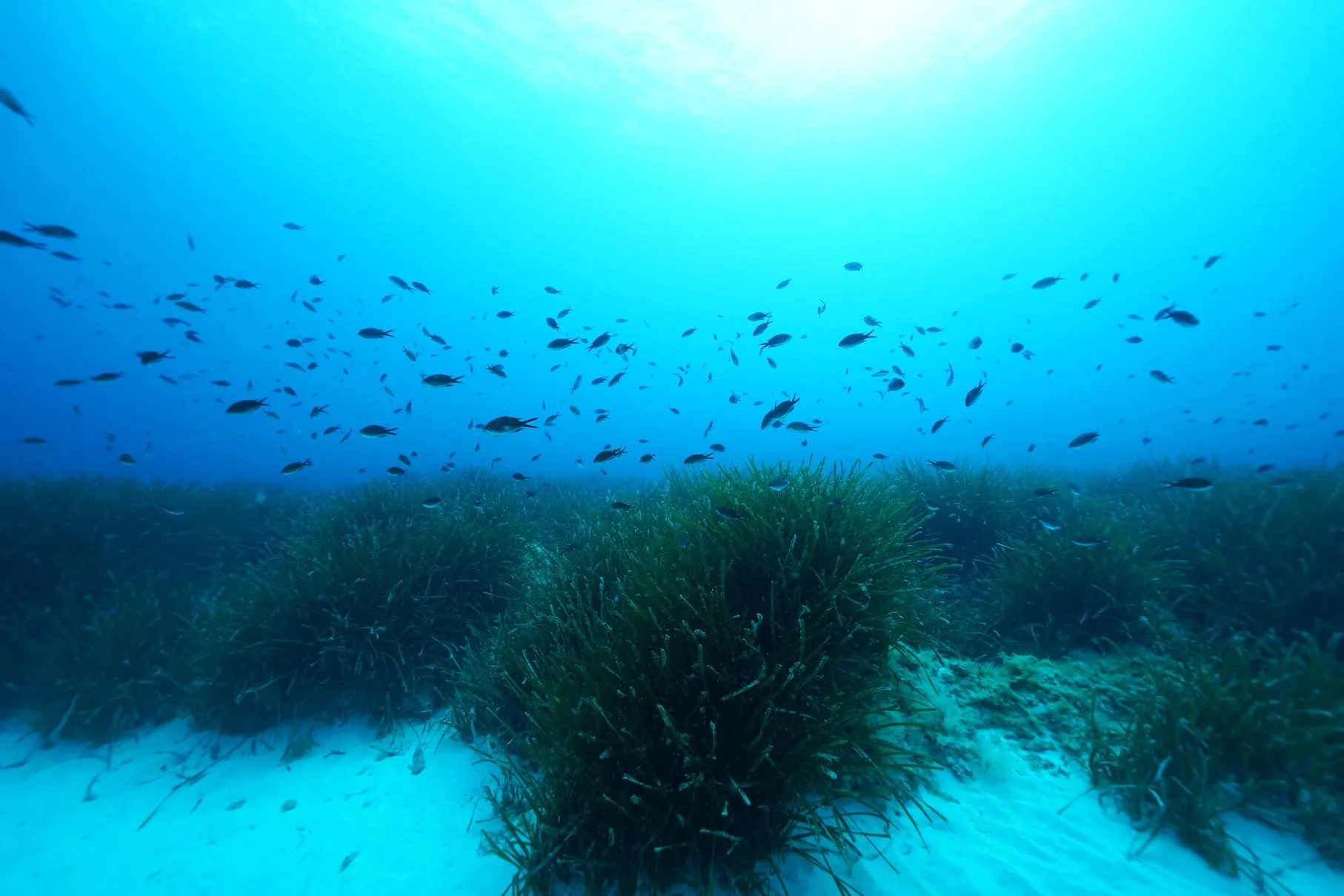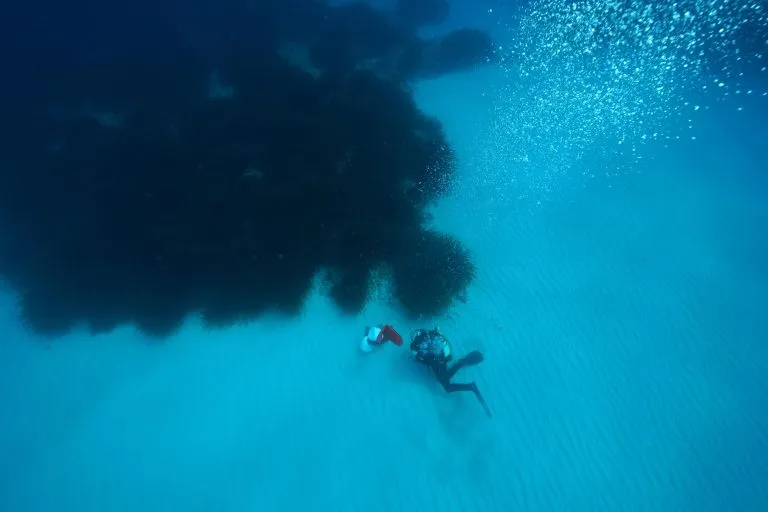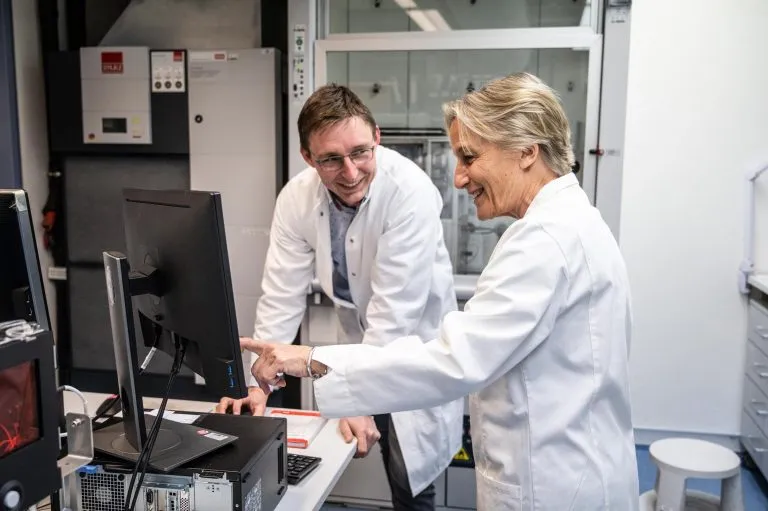Seagrass forms a lush "seagrass bed" in many coastal areas around the world. These marine plants are one of the most effective global carbon sinks on earth. One square kilometer of seaweed stores almost twice as much carbon as land-based forests, and 35 times faster than land-based forests. Now, scientists from the Max Planck Institute of marine microbiology in Bremen, Germany found , seagrasses release large amounts of sugar into their soil, the so-called rhizosphere The sugar concentration under seaweed is at least 80 times higher than previously measured in the marine environment

"From this perspective, we estimate that there are 600000 to 1.3 million tons of sugar around the world, mainly in the form of sucrose in the rhizosphere of seagrass," explained Manuel liebeke, head of the metabolic interaction research group of the Max Planck Institute of marine microbiology. "That's about the amount of sugar in 32 billion cans of coke!"
So why is sugar not consumed by the huge microbial community in the rhizosphere of seagrass? "We spent a long time trying to figure this out," said lead author Maggie sogin, who led the study near Elba, Italy, and the Max Planck Institute for marine microbiology.
"What we realize is that seagrass, like many other plants, releases phenolic compounds into its sediments. Red wine, and fruit contain large amounts of phenolic compounds, which many people use as health supplements. Little is known that phenolic compounds are antibacterial agents that inhibit the metabolism of most microorganisms. In our experiments, we added phenols isolated from seagrass to microorganisms in the rhizosphere of seagrass --In fact, the consumption of sucrose is much less than when there are no phenols. "

Why do seaweed produce so much sugar and dump it only in their rhizosphere? Nicole Dubilier, director of the Max Planck Institute of marine microbiology, explained. "Seaweed produces sugar in photosynthesis. Under average light conditions, these plants use most of the sugar they produce for their own metabolism and growth. But under high light conditions, such as noon or summer, plants produce more sugar than they can use or store. Then they release excess sucrose into their rhizosphere. Think of it as a relief valve."
Interestingly, despite the difficult conditions, a small number of microbiologists can thrive on sucrose. Sogin speculates that these sucrose "experts" can not only digest sucrose and degrade phenols, but also provide benefits to seagrass by producing nutrients (such as nitrogen) required for seagrass growth. "This beneficial relationship between plants and microorganisms in the rhizosphere is well known in terrestrial plants, but we are only beginning to understand the close and complex interaction between seaweed and microorganisms in the marine rhizosphere," she added

Seagrass is rapidly decreasing in all oceans, with an estimated annual loss of up to 7% in some places, equivalent to the loss of coral reefs and tropical rain forests. Up to a third of the world's seagrass may have been lost. "We don't know as much about seagrass as we do about terrestrial habitats. Our research helps us understand one of the most critical coastal habitats on our planet and emphasizes how important it is to protect these blue carbon ecosystems," sogin stressed
Endangered and critical habitats
The seagrass bed is one of the most threatened habitats on our planet. "Look at how much blue carbon -- carbon captured by the world's marine and coastal ecosystems -- is lost when seagrass communities are cut down, and our research clearly shows that not only the seagrass itself, but also the large amount of sucrose under living seagrass can lead to the loss of stored carbon." "Our calculations show that if sucrose in the rhizosphere of seagrass is degraded by microorganisms, at least 1.54 billion tons of carbon dioxide will be released into the global atmosphere. This is equivalent to the amount of carbon dioxide emitted by 330000 cars a year," liebeke said
